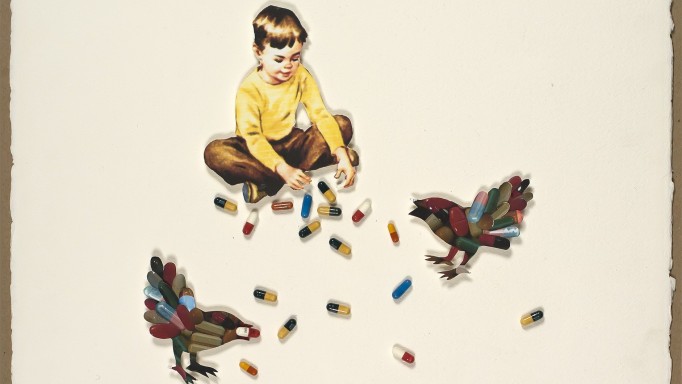What is HIV?
HIV stands for human immunodeficiency virus. HIV is a virus, like the flu or cold. A virus is nothing than a set of instructions for making new viruses, wrapped up in some fat, protein and sugar. Without living cells, a virus can’t do anything—it’s like a brain with no body. In order to make more viruses (and to do all of the other nasty things that viruses do), a virus has to infect a cell. HIV mostly infects CD4 cells, also known as T cells, or T-helper cells. These are white blood cells that coordinate the immune system to fight disease. Once inside the cell, HIV starts producing millions of little viruses, which eventually kill the cell and then go out to infect other cells. All of the drugs marketed to treat HIV work by interfering with this process.
What is AIDS?
AIDS (acquired immune deficiency syndrome) is a condition caused by HIV. This virus attacks the immune system, the body’s “security force” that fights off infections. When the immune system breaks down, you lose this protection and can develop many serious, often deadly infections and cancers. These are called “opportunistic infections (OIs)” because they take advantage of the body’s weakened defenses. You have heard it said that someone “died of AIDS.” This is not entirely accurate, since it is the opportunistic infections that cause death. AIDS is the condition that lets the OIs take hold.
Last Reviewed: January 5, 2023














